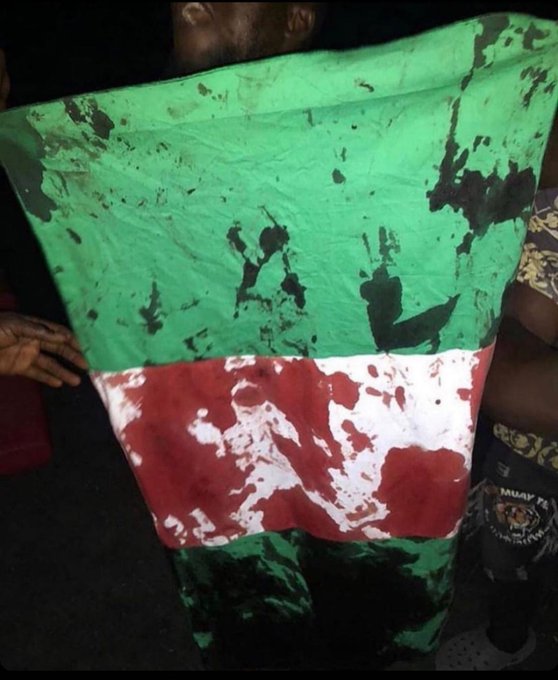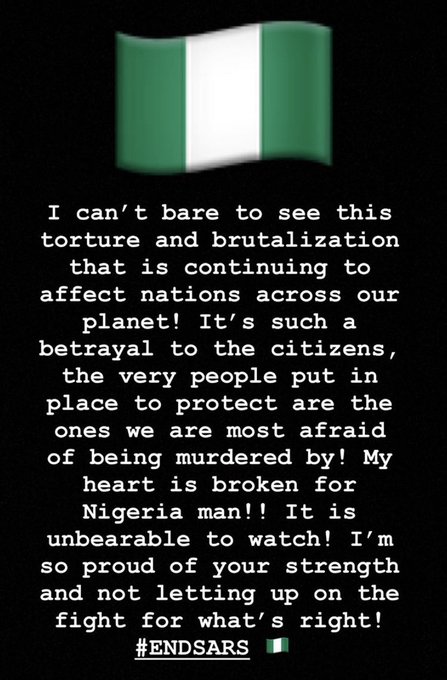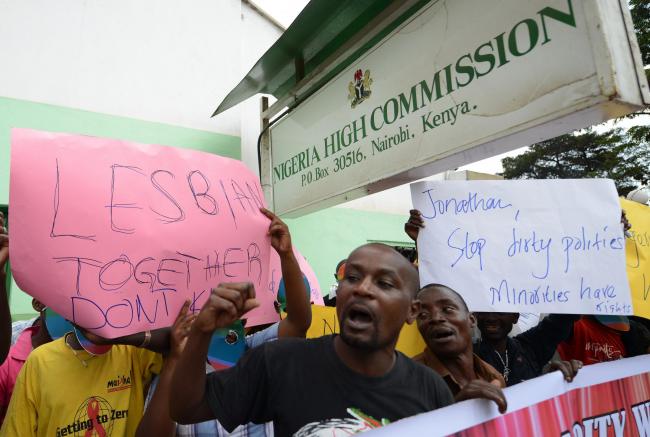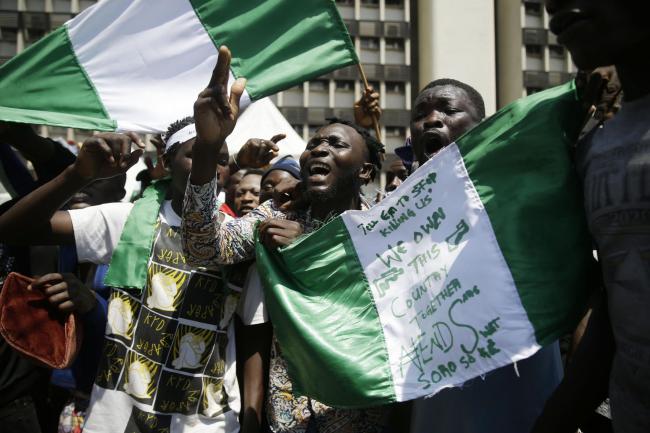Endemic police brutality sparked the latest bout of public anger but grievances against authorities go further

On October 4, a video of Nigerian police brutality circulated on social media showing two men being dragged from a hotel, one of whom was shot dead.
The police force blamed was Nigeria's notorious Special Anti-Robbery Squad, or Sars.
The footage reopened an old wound in Nigerian society, that of endemic police brutality.
These allegations are not new. In 2016, Amnesty International accused police of routinely “torturing detainees to extract bribes”.
By 2017 a hashtag had appeared on twitter, #EndSARS, but the recent outrage has turned online anger into a major movement.
The Sars unit has provoked particular anger and there were growing calls to disband it.
The squad was abolished on October 11, but it was too late to stop growing unrest.
Protests began on October 7 with crowds gathering at the Lekki Toll Gate junction in an upscale neighbourhood of Lagos known for shopping malls and the homes of government officials.
On October 20, security forces opened fire on demonstrators at the toll gate without warning, killing at least 12. Some accounts put the toll far higher.
The shooting led to a major escalation, with arson and the looting of government buildings, including warehouses storing food in the city of Jos.

Nigerian protesters are seen in the streets of Alausa Ikeja after the authorities declared an open-ended lockdown in Lagos in the face of spiralling protests. AFP





What has the international response been?
The spokesman for UN Secretary General Antonio Guterres called for authorities to “swiftly explore avenues to de-escalate the situation” after the violence.
The US will be sending a fact-finding mission to review policy in one of their most important allies in the fight against ISIS and their Nigerian affiliate, Boko Haram.
The recent violence received a mention in the US election campaign. Joe Biden called on Nigerian President Muhammadu Buhari to “cease the violent crackdown”
#EndSARS has also drawn the attention of celebrities including Beyonce, who said she intended to help those affected in a post on her Instagram account, which was “liked” almost 1.5 million times.

Not to be outdone, Rihanna chimed in the next day, tweeting an image of a bloodied Nigerian flag and expressing her outrage at the “torture and brutalisation” on the streets of Lagos.
Mr Buhari was initially silent on the allegations of police brutality and instead said demonstrations were being infiltrated by “subversive elements” to cause trouble for the government.
Mr Buhari, who was elected in 2015, also ruled Nigeria before the country’s transition to democracy.
He has been accused of bringing back tough crackdowns on political dissent, associated with the country’s former military rule.
The government appears to have launched a two-pronged approach, firstly disbanding Sars and pledging to investigate its crimes, but also warning that further demonstrations will not be tolerated.

Could the crisis escalate?
There is a risk that the #EndSARS movement could spill over into wider discontent.
Nigeria has been racked by economic turmoil in recent years as successive governments failed to contain corruption or build an economy that is not dependent upon oil revenue.
Fitch Ratings says the government needs an oil price of $133 a barrel just to pay recurring expenses.
READ MORE

For Mr Buhari, the danger is that protesters will turn on the political elite because public anger goes far beyond police brutality.
By the government's admission, 40 per cent of Nigerians live in poverty.
Financial consultancy PwC says Nigeria needs to create three million jobs a year just to keep unemployment from increasing.
Sars may have been disbanded and the investigations that the government has promised might go ahead.
But even if this appeases protesters, the country’s economic problems and almost annual protests, are going nowhere.
Updated: October 26, 2020 01:32 AM










